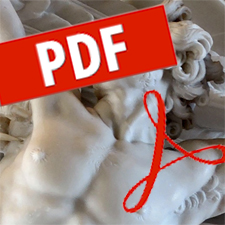Description
By Kosmas Tsokhas
This article surveys the history of work practices in sheet metal work from 1929 to 1970. It focuses on the role of internal labour markets and union power in sustaining such work practices as seniority, the strict allocation of work according to job classifications, and the regulation of working time. Internal labour markets were structured by formal and informal rules which made it difficult for employers to transfer employees or to recruit from the wider, external labour market. Such restrictions placed barriers in the way of the most efficient use of new technologies. Managerial control over how work was done and attempts to improve discipline and to increase work effort were also limited by work practices. To the extent that internal labour markets prevented the easy employment of labour from the external labour market, the bargaining power of employees was strengthened.
page: 225 – 238
Prometheus: Critical Studies in Innovation
Volume 7, Issue 2
SKU: 0810-90288629071
